|
In my latest film review for Island Woman Magazine, published yesterday, I discuss Back to Black, the newly released biopic about British singer-songwriter Amy Winehouse (read it here). I saw it last Saturday with a friend who used to live in London. We both enjoyed it, and it has led to some pretty interesting conversions about Winehouse.
Bon cinéma! Copyright © 2024 Alline Cormier
0 Comments
In my latest film review for Island Woman Magazine, published Tuesday morning, I discuss Wicked Little Letters (read it here). I've seen it twice now, last Sunday at a matinee and Tuesday night with my women's film club, and enjoyed it even more the second time. It's the female audience's best option this month.
Bon cinéma! Copyright © 2024 Alline Cormier March already! Tempus fugit. For the sixth film review in my series of feminist analyses of superhero films for Women Making Films I wrote about the recently released Madame Web (2024). It was published today (read it here). Previously in WMF I discussed Black Adam (2022), Doctor Strange in the Multiverse of Madness (2022), Venom (2018), Spider-Man: No Way Home (2021) and The Batman (2022). Of the six, Madame Web is without a doubt the one that has the most to offer the female audience.
Bon cinéma! Copyright © 2024 Alline Cormier Happy Valentine's Day! In my latest article for my film review column in Island Woman Magazine: Valentine's Day movie picks for women, I discuss 11 movies that have much to offer the female audience. You can read it here.
Bon cinéma! Copyright © 2024 Alline Cormier Happy Christmas! (I realise it's a couple of days late, but I've been busy with family.)
My latest film review for Island Woman Magazine is Little Women, Greta Gerwig's 2019 adaptation (read it here). It's my new holiday favourite and the one movie that should be on every woman's Christmas watch list. Bon cinéma! Wishing you peace, love and joy in 2024! Copyright © 2023 Alline Cormier In my latest film review for Island Woman Magazine I discuss Nyad (read it here), which had a limited release in theatres at the end of October before airing on Netflix. It's uplifting and has much to offer the female audience--likely one of the best movies Netflix has to offer female viewers at the moment.
Bon cinéma! Copyright © 2023 Alline Cormier In my latest film review for Island Woman Magazine I discuss Indiana Jones and the Dial of Destiny (read it here). Of all the Indy movies, this one has the most to offer the female audience.
Bon cinéma! Copyright © 2023 Alline Cormier Because Greta Gerwig's Barbie is such a significant film, I've reviewed it for a few publications. On Monday, as I was heading out for a photography fieldtrip up island, Woman Making Films published my second review, which you can read here.
Barbie has now earned over US$1 billion at the box office. It's a feminist film that's deliciously brilliant and subversive. Bon cinéma! Copyright © 2023 Alline Cormier This month for my film review column in Island Woman Magazine I discuss Greta Gerwig's Barbie, which I've seen twice now (read it here). The first time I saw it was on July 20th, the second, on the 25th with my women's film club. Barbie is a feminist film that's deliciously brilliant (full of satire). It's well worth the ticket price.
Bon cinéma! Copyright © 2023 Alline Cormier I hadn't posted a film commentary on my YouTube channel in over two years, so I did this morning from my treehouse on Vancouver Island. This one is about the newly released Oppenheimer, written and directed by Christopher Nolan. You can listen to it here: Copyright © 2023 Alline Cormier |
Categories |

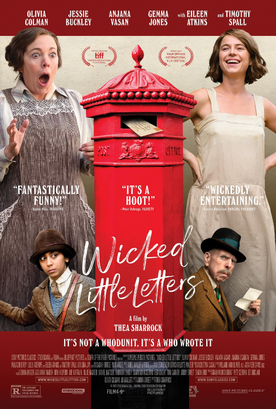
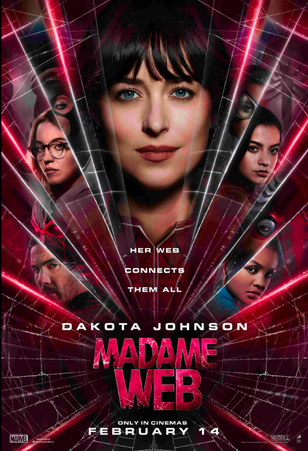

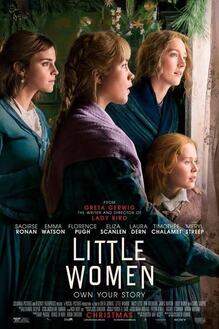
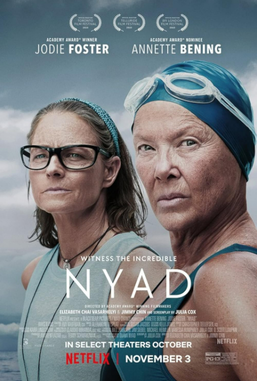
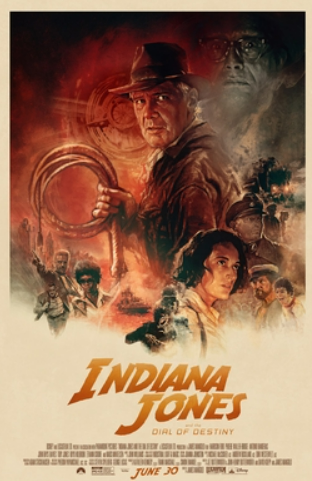
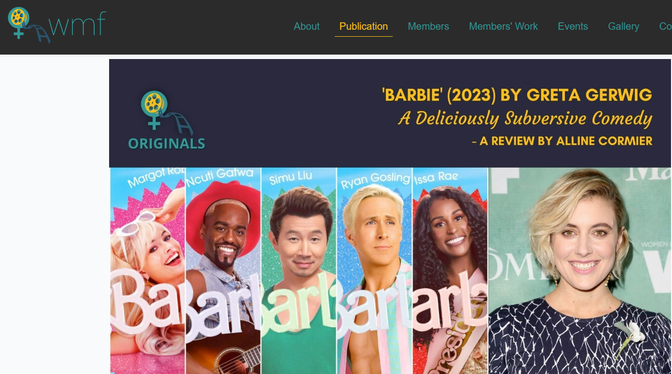
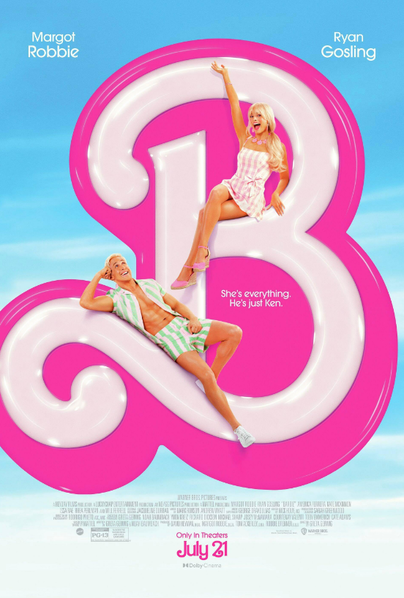

 RSS Feed
RSS Feed